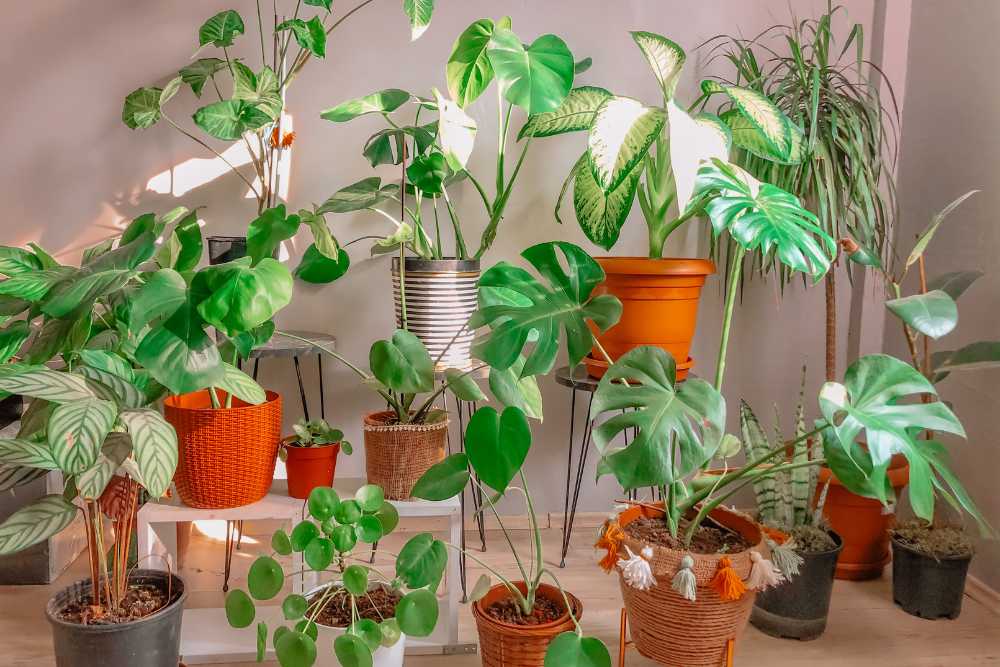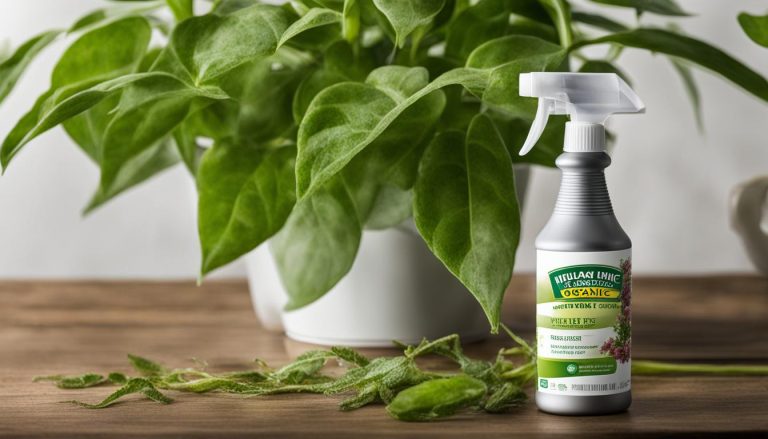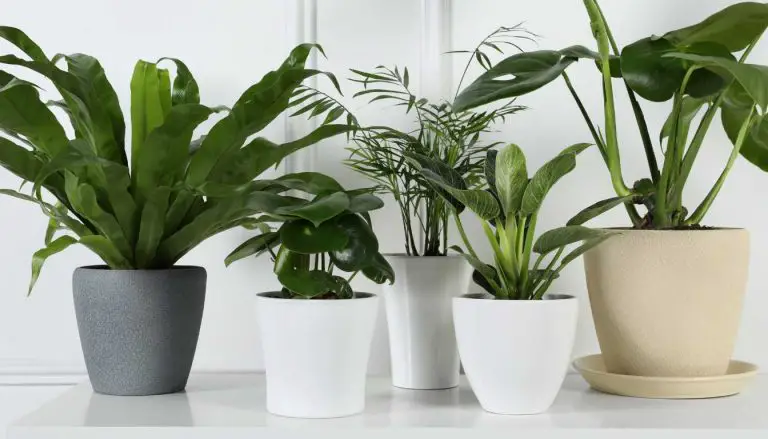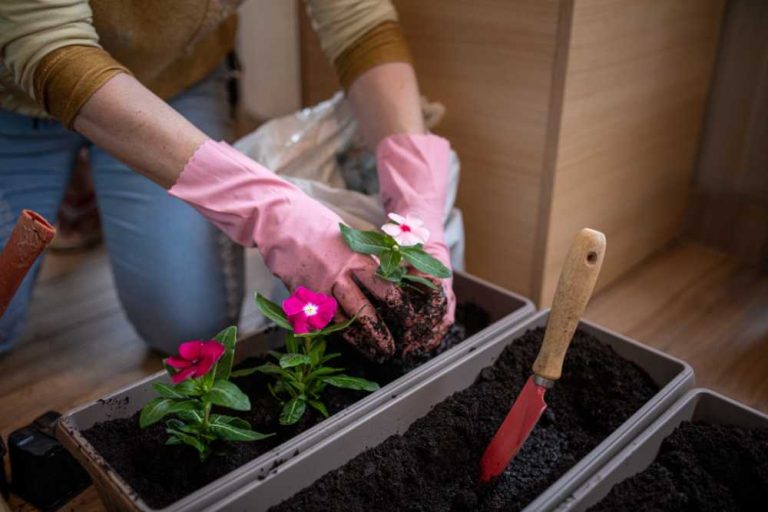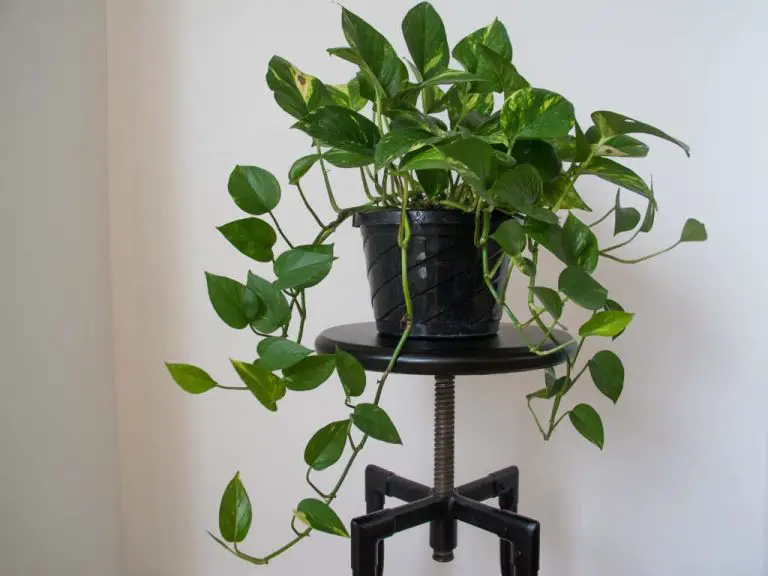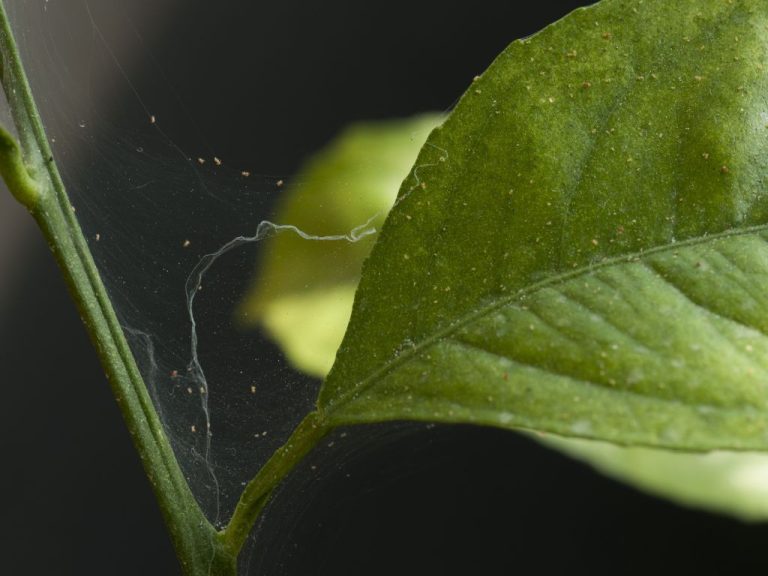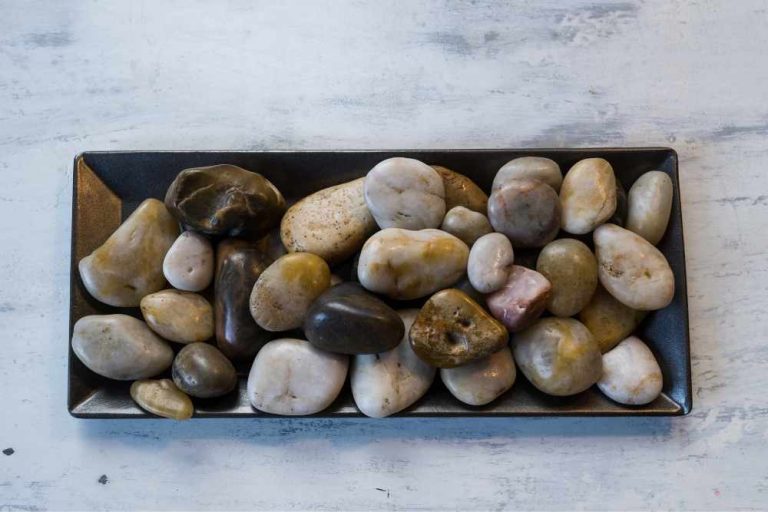7 Tips To Create A Stunning Indoor Garden
Are you ready to trade in your dreary living space for a vibrant and thriving indoor garden? We don’t blame you, the gray concrete jungle outside our windows can weigh on the best of us. But there’s hope out there, along with the possibility of waking up in the morning to the sight of the warm sun shining in through the leaves of your indoor plants.
Despite the many superficial advantages of greenery, studies show that it also boosts your mood, mental capacity, and overall well-being.
So where do you start? With some expert guidance and 7 helpful tips, you’re one step away from transforming your home into a heavenly oasis. Let’s get started!
Why Do You Need An Indoor Garden?
Most people place a plant or two in their homes and leave it at that. But by doing so, they won’t reap any of the numerous benefits. It’s not common in many homes, but an indoor garden can be a striking focal point in any room if you want to take it up a notch.
In urban areas where green spaces are scarce, and especially for those without access to a yard, an indoor garden is an effective way to bring nature closer.
By weaving plants into your home, you can create a relaxing atmosphere that facilitates productivity and well-being. Aside from this, your plants will alleviate pre-existing respiratory problems by filtering pollutants and releasing oxygen.
And if we put health benefits aside, indoor gardens can also be a fun and fulfilling hobby that provides a deep sense of purpose and satisfaction. In the end, why wouldn’t you add a garden inside your home?
How To Create A Captivating Indoor Garden?
If you want to learn how to incorporate an indoor garden into your home, here are some essential tips:
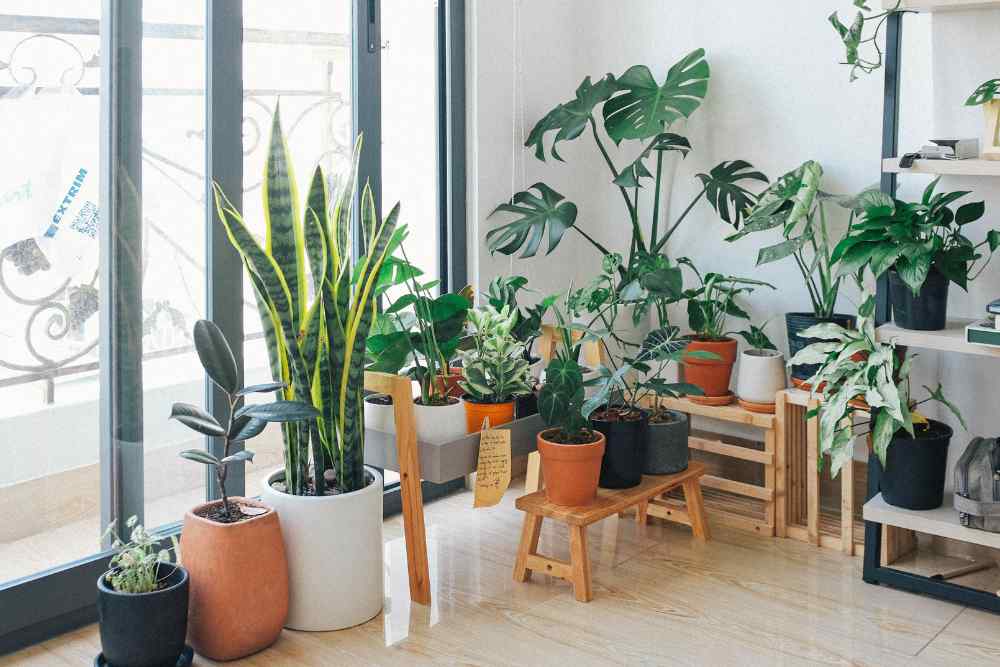
Decide On A Style
The first step to creating your indoor garden is to commit to a style. This will help you determine the type of plants to choose and the overall design of your space. When it comes to indoor gardening, there are two general styles: container and hydroponic.
Container gardening includes planters (or containers) that use soil and rely on traditional methods to grow, which is a good option for rearranging plants before moving them outdoors. Alternatively, hydroponic gardening uses fertilized water and non-soil starters that are ideal for producing a lot of plants in small spaces.
Find The Right Space
Once you’ve decided on your gardening style, pick a good space for your garden to flourish. Firstly, consider the amount of natural light your garden will need and look for a spot in your home that will accommodate these needs. For the best results, opt for an area with many windows facing east or west. If you’re battling against a limited space, consider arranging your plants on shelves.
Secondly, aside from sunlight, your plants’ growth is largely contingent on the temperature and humidity of the space, as some species thrive in warmer environments, while others prefer cooler spots.
Choose Your Plants Carefully
To succeed in your indoor gardening endeavor, pick the right plants for your room. Since you’ve already considered the amount of light, space, and humidity available, you can make an informed decision and give your plants a leg up.
Decide whether you’ll look after vegetables, herbs, flowers, berries, or decorative greens. Pick one of the following to be on the safe side, especially if you’re a new gardener :
- Vegetables (lettuce, peas, beans)
- Fruits (strawberries, raspberries, dwarf peaches)
- Herbs (oregano, parsley, basil)
- Flowers (marigold, begonia, cactus)
Regardless of your choice, do your best to take care of your plants.
Use The Correct Soil
If you decide to bypass hydroponic gardening or artificial vertical gardens, you must think about which type of soil would work best for your plants. The quality of the soil impacts the taste of any planted herbs and vegetables and contributes to a successful garden.
Remember that different plants require different types of soil, so before you commit, do rigorous research. In some cases, you can create a custom blend of airy potting soil and rich compost that boosts vegetable growth. For example, salad greens thrive in a lighter mix, while fruiting plants prefer extra nutrition.
Start From Seeds
Starting your indoor garden from seeds is a clever method to save money and exercise more control over your plants. This way, you’re protecting your mature plants from disease and bugs. Even though you might be tempted to introduce a fully-grown plant from your outdoor garden, resist the urge!
Buying all your plants as seeds can prevent a pest infestation and save you the heartache of throwing out beautiful vegetation. Plus, starting from seeds also allows you to select specific varieties you might not find as mature plants. But make sure you follow the instructions on the seed packet to guarantee you’re providing your plants with the proper care.
Don’t Overwater
Although many new gardeners think that watering plants often is beneficial to their growth, this is far from the truth. One of the most frequent gardening errors is overwatering. Instead, water your plants consistently (depending on their individual needs), but not too frequently.
Overall, focus on watering thoroughly to ensure you don’t set back your gardening efforts. Make sure the soil is dry before watering again or get a moisture meter that determines when you should water again. But if you’re not keen on buying tools, make a weekly chart to keep track of your watering.
Add Some Finishing Touches
Now it’s time to elevate the look and feel of your indoor garden space. Since you’ll be spending a considerable amount of time with your plants, the surrounding environment should foster peace and tranquility.
For example, install a fan or two for ventilation, prop up a radio for some tunes, and put up a small chalkboard for notes (like when to water your plants). And if you’re up for buying more advanced tools, purchase a thermometer to check the humidity in the room. Last but not least, roll a nice rug out and hang a painting or two. By the time you’re done, you won’t even recognize the space anymore.
- 29 Bucket Gardening Ideas for a Lush, Compact Garden - October 30, 2024
- 20+ Chic Boho Bedroom Ideas for a Cozy and Stylish Retreat - June 20, 2024
- 12+ Modern Boho Living Room Ideas to Create a Unique Oasis - June 10, 2024

